Affiliate links on Android Authority may earn us a commission. Learn more.
SuperVOOC fast charging technology: Everything you need to know
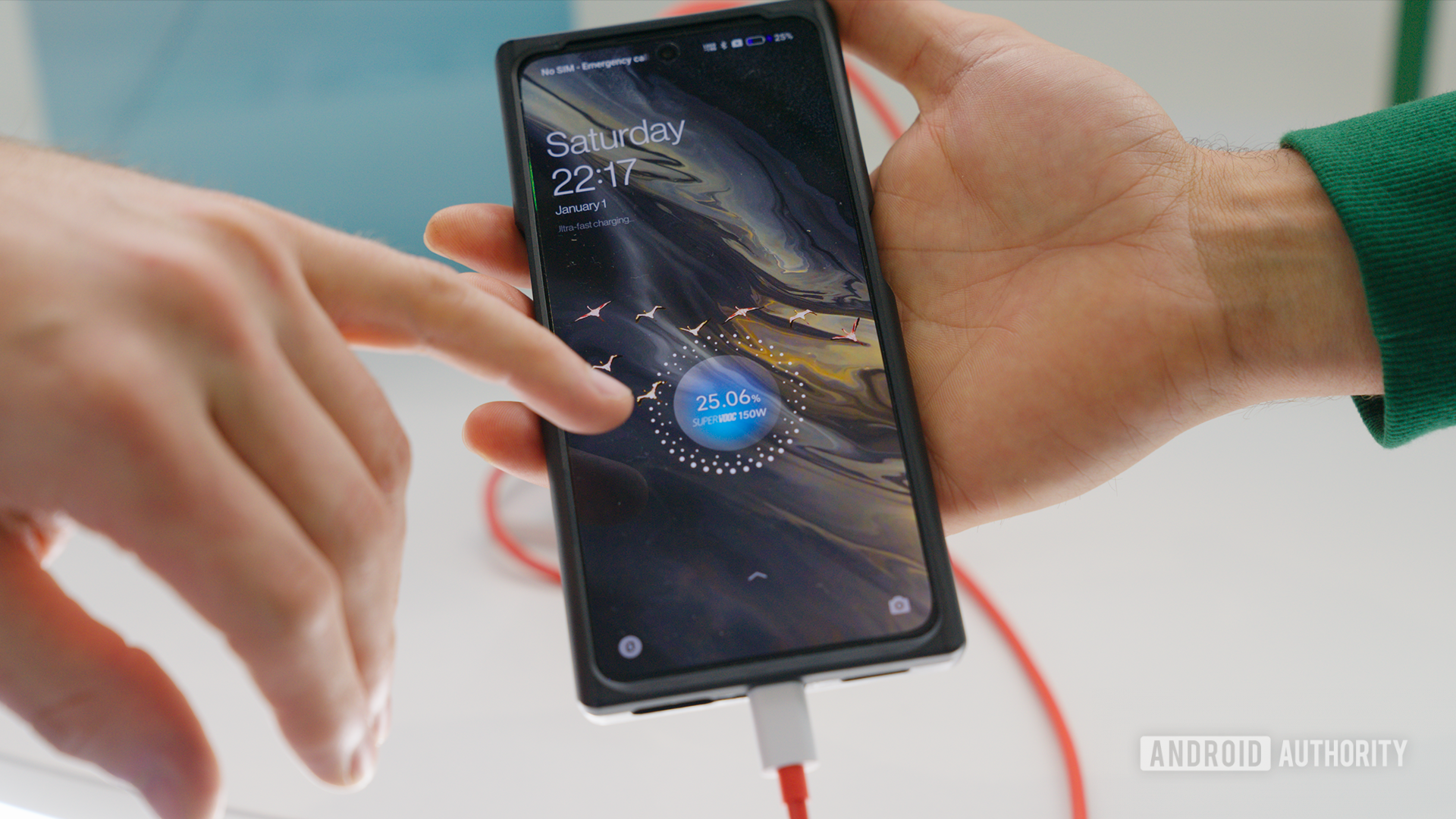
The smartphone market is flooded with fast charging standards, including both universal and proprietary options. At first glance, OPPO’s VOOC and SuperVOOC charging systems may seem like just another manufacturer-specific standard. However, that’s not exactly the case. A good number of other smartphone brands like OnePlus also rely on OPPO’s charging technology.
Given how prolific OPPO’s SuperVOOC standard has become today, let’s take a closer look at the standard, what you can expect from it, and how it stacks up against the competition.
What is SuperVOOC and how does it work?
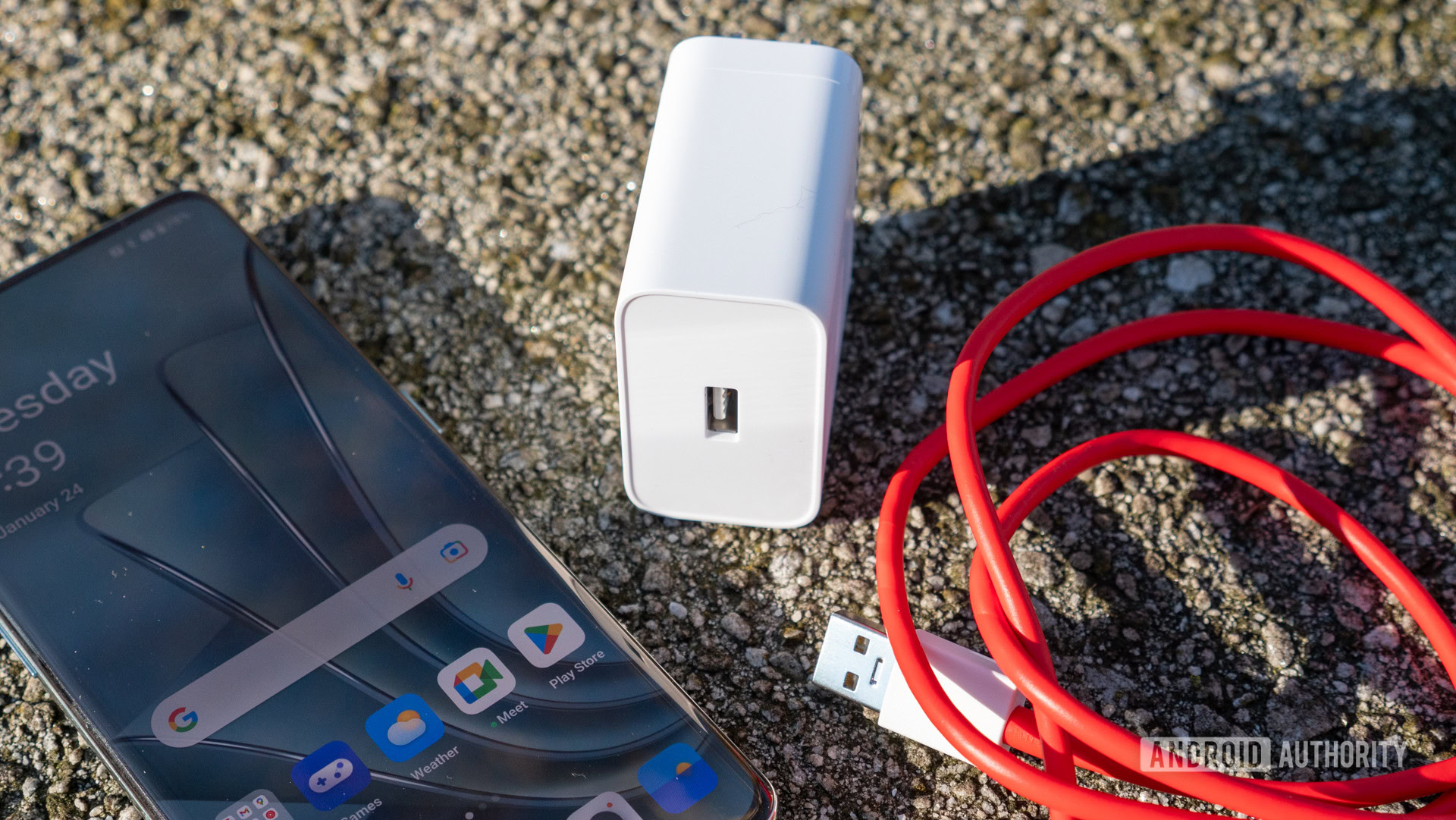
VOOC stands for Voltage Open Loop Multi-step Constant-Current Charging, which is admittedly not very helpful. If you’d like to know more about the various technologies and terminologies, check out our dedicated guide on fast charging. For now, though, let’s discuss the VOOC standard from a practical perspective.
OPPO introduced VOOC back in 2014 and revised it a year later in 2015. These versions operated at 5V and 4A, which translates to 20W of power.
While those numbers may seem underwhelming by modern standards, VOOC was still ahead of Quick Charge 2.0’s maximum 15W output. OPPO also had an ace up its sleeve. Unlike other standards that limit charging power while the device is in use, VOOC pushes as much power as it can — regardless of the device’s state. The company claimed that it was able to achieve this by moving a big chunk of the heat-generating charging circuitry from the phone to the adapter.
Why do I need a special SuperVOOC charger?
Oppo’s VOOC standard is unique in that it requires a proprietary cable in addition to a proprietary adapter. In other words, using a third-party cable with an OPPO adapter will result in significantly slower charging speeds. This is because the company opted to increase the charging current instead of voltage, which is what many other standards do instead. Higher current requires a thicker cable.
The VOOC standard requires proprietary adapters and cables because of its unique fast charging method.
BBK Electronics, OPPO’s parent company, also operates OnePlus, realme, vivo, and Iqoo. So even though many of these companies use unique branding — like OnePlus’ Warp Charge and realme’s Dart Charge — the underlying standards are based on the same fundamentals. In fact, you can often get away with using a SuperVOOC charger and cable to fast charge a different brand’s device.
VOOC fast charging over the years: What changed?
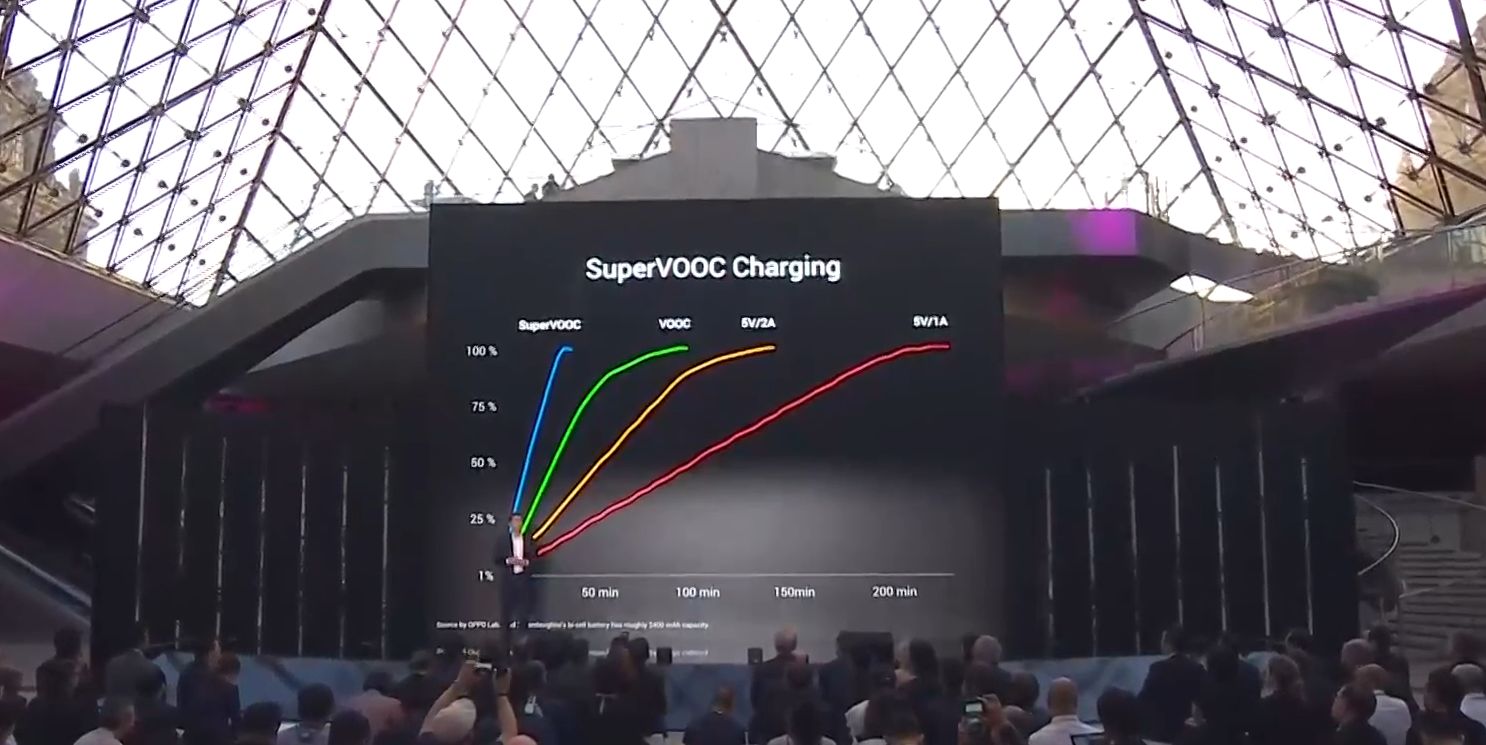
The VOOC standard has received plenty of updates over the years. VOOC 3.0 (2019) and VOOC 4.0 (2020) offered straightforward improvements, bumping up the maximum charging current from 5A to 6A.
In 2016, OnePlus licensed OPPO’s VOOC standard under the Dash Charge moniker. Starting with the OnePlus 3, the company used the same 5V and 5A setup across its entire product line. That streak finally ended in 2019 with the OnePlus 7 Pro, which increased that to 5V/6A instead. The company also rebranded its fast charging tech to Warp Charge 30. Branding aside, however, Warp Charge 30 was simply licensed VOOC 3.0 technology.
Around this time, OPPO also developed a unique charging system that delivered power to two cells connected in series. This simple change meant that OPPO could double the charging power and halve the time required for a full charge. The only drawback to splitting the battery in this way is that you can’t fit as much battery capacity. Regardless, OPPO dubbed the technology SuperVOOC charging and it has become a mainstay of the standard ever since.
Oppo's SuperVOOC technology uses a split battery system, doubling output power in the process.
The first release of SuperVOOC charging operated at 10V/5A for a total power output of 50W. In 2020, OPPO’s SuperVOOC 2.0 bumped that figure up to 10 V/6.5 A (65W). OnePlus adopted the latter with the OnePlus 8T that same year, under its own Warp Charge 65 branding.
We’ve seen modern OnePlus and Oppo smartphones break the 100W and even 200W barrier. The latest OnePlus 12, for instance, ships with a 100W adapter in the box that can fully charge up the phone within half an hour. With quick charging, you don’t have to worry about maximizing your smartphone’s battery life.
Which phones support SuperVOOC fast charging?
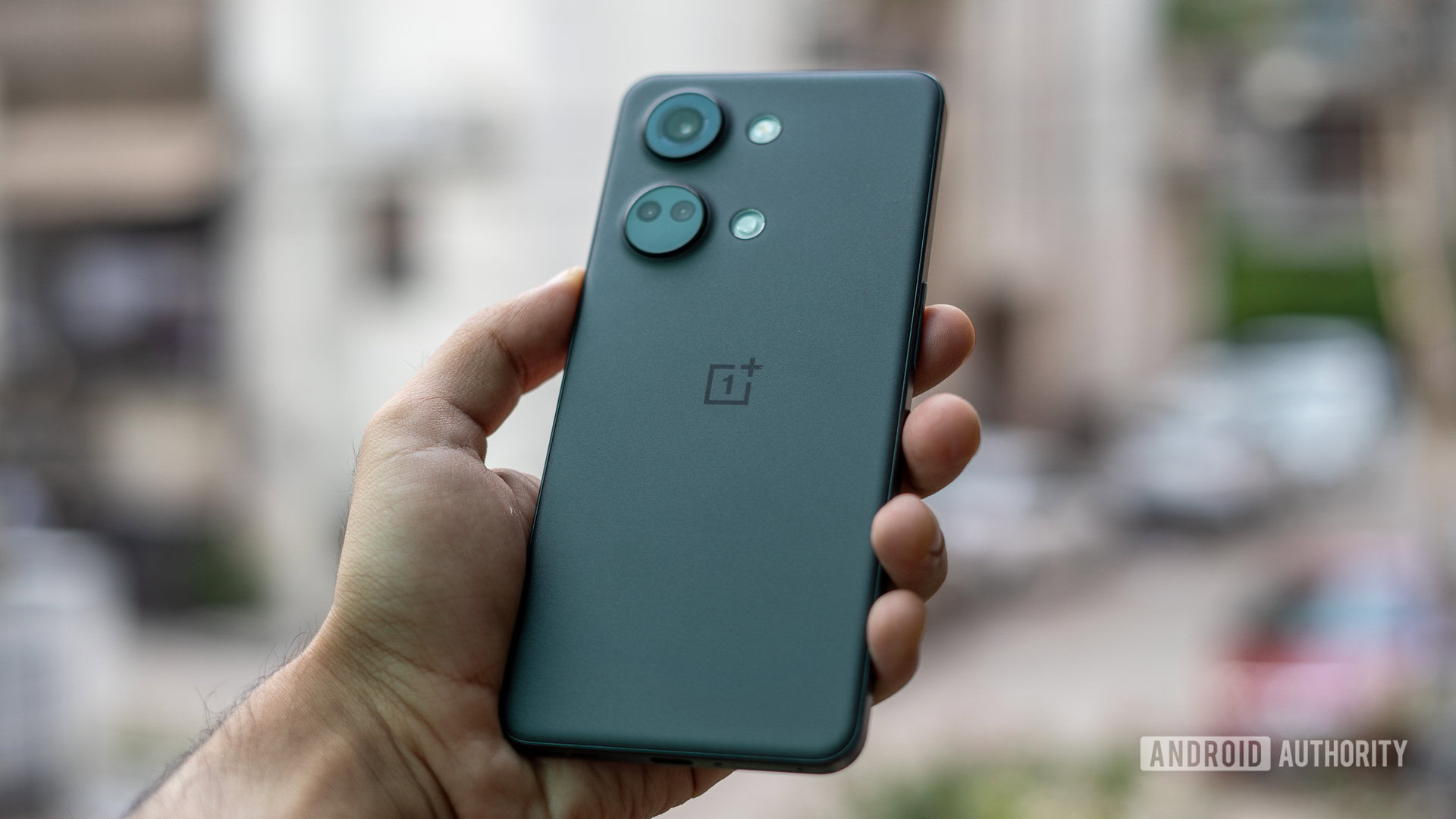
Virtually every OPPO smartphone released within the past few years supports VOOC fast charging in some capacity. That includes mid-range smartphones like the OPPO K10, which offers 33W SuperVOOC charging. For context, that roughly translates to a 65-minute charging time, from start to finish.
Moving up the product stack, you’ll find OPPO’s premium mid-range offerings like the Reno series sporting 80W SuperVOOC charging. In the real world, that means a full charge will take just over half an hour — plenty fast for most people. Finally, flagship smartphones like the Find X6 Pro support up to 100 watts of power. With the OnePlus 10 series, the company joined OPPO and began using the SuperVOOC branding on its smartphones.
The fastest SuperVOOC tech can completely charge a smartphone in less than 10 minutes.
In 2022, OPPO demonstrated its latest 240W SuperVOOC charging technology. This standard can fully charge a 4,500mAh battery in just nine minutes. Even more impressive, it can juice up a battery to 50% charge in just three and a half minutes. And in 2023, 240W SuperVOOC charging technology finally made its way to the first mainstream cell phone with the Realme GT Neo 5. It currently holds the record as the world’s fastest-charging cell phone as it can go from 0-100 in just nine and a half minutes.
As we alluded to earlier, OPPO has licensed its VOOC technology to various other smartphone manufacturers as well. In theory, VOOC chargers are often cross-compatible with other brands under the BBK Electronics umbrella. This means that you can use a Warp Charge 65 adapter in place of a 65W SuperDart charger from realme. However, keep in mind that neither brand officially endorses this practice and compatibility could break at any point in the future.
VOOC vs USB Power Delivery: Which is better?
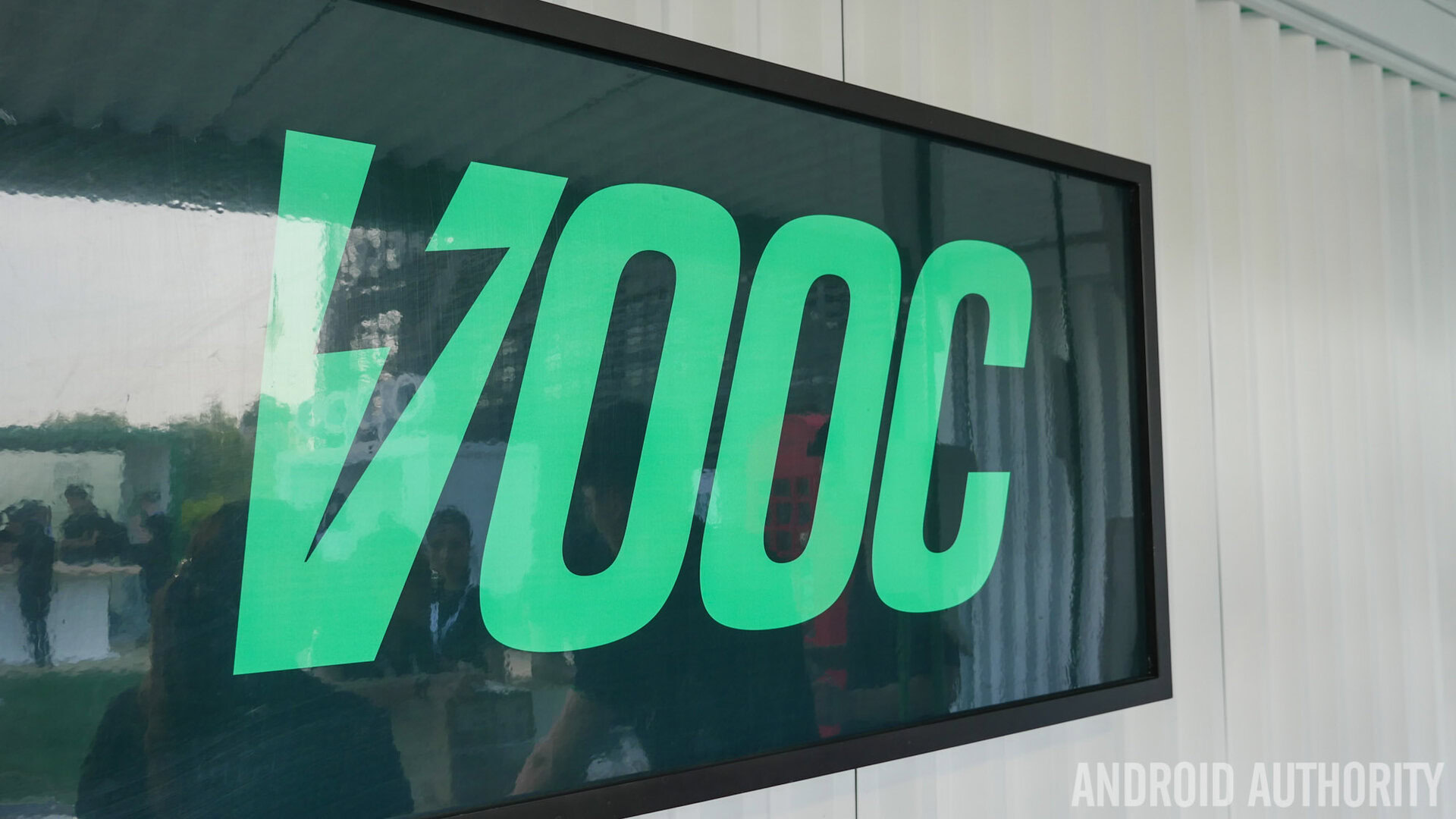
As mentioned previously, OPPO’s VOOC standard bears little similarity to most common fast charging standards. That’s especially true when you consider SuperVOOC and its unique dual-cell arrangement. As quick and convenient as it is, though, it loses out in terms of universal compatibility. If you use a VOOC charger with a Google, Motorola, or Samsung smartphone, your device will charge significantly slower.
You also cannot expect an OPPO or OnePlus smartphone to draw equivalent power when using other charging standards. Even though USB Power Delivery is an open standard and capable of charging at 65W, it will be limited to just 18W or 27W on these devices. This incompatibility can prevent you from using the same adapter for all of your devices — something you can take for granted wherever USB PD is officially supported.
All in all, OPPO’s VOOC technology is one of the most influential fast charging standards in the Android ecosystem even today. However, it’s still exclusive to select brands that are closely related to OPPO. By comparison, devices that use Quick Charge technology offer much more universal support, thanks to Qualcomm’s acceptance of USB PD a few years ago.
FAQs
SuperVOOC charging speed depends on the phone. The fastest 240W implementation can fully charge a phone within ten minutes, but most other SuperVOOC phones take around half an hour to charge.
Yes, VOOC and SuperVOOC require a special cable and adapter pairing to charge at full speed. You can use any Type-C cable for slower charging.
Phones from OnePlus, realme, vivo, and Iqoo support SuperVOOC fast charging, although some brands may use different branding.